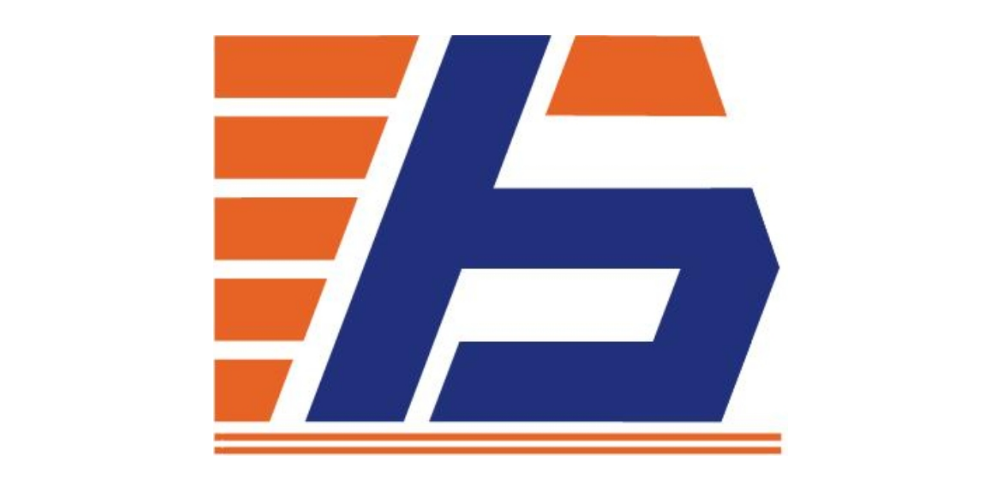
date:2023/08/11
CNC precision parts processing is still relatively extensive in the industry. Why do you say this? In fact, we can all see it in life, the effect is obvious, and the application on some mechanical equipment will be more, we must know CNC precision parts processing requirements are also high. Why, because customers demand quality, and this CNC precision parts processing itself has great advantages, so we must do better and let customers trust, this is CNC. Precision parts processing needs to be done.
1. CNC CNC lathe milling the feeding path of plane parts
When milling planar parts, it is usually used to cut the edge of the end mill. In order to reduce the cutting marks and ensure the quality of the parts, the cutting and cutting requirements of the tools are carefully designed.
When milling the external appearance, the cutting and cutting points of the milling cutter should cut into and cut out the part appearance along the extension line of the general curve of the part, instead of directly cutting the part along the normal direction to avoid scratches on the machining surface and ensure the parts. Outline lubrication.
When the internal summary of the milling is closed, if the inner summary curve is allowed to extend, it should be cut in and out along the tangential direction. If the inner summary curve does not allow for extension, the tool can only cut in and out along the normal curve of the inner summary curve, and cut and cut out the points at the intersection of the two elements of the part summary. When there are no intersections between several internal elements, in order to avoid the knife clearance, leave a notch at the generalized corner. Cut the cut-out point away from the corner. The circular interpolation method is shown to cut the path of the outer circle. When the rounding process is finished, do not retract the tool at the tangent point, but let the tool move a certain distance along the tangential direction. When the tool compensation is canceled, the CNC lathe tool collides with the workpiece surface to form the workpiece. When milling the inner arc, the principle of cutting from the tangential direction is also followed, and the optimal organization transitions from the arc to the arc of the machining path, which can improve the machining accuracy and processing quality of the inner hole surface.